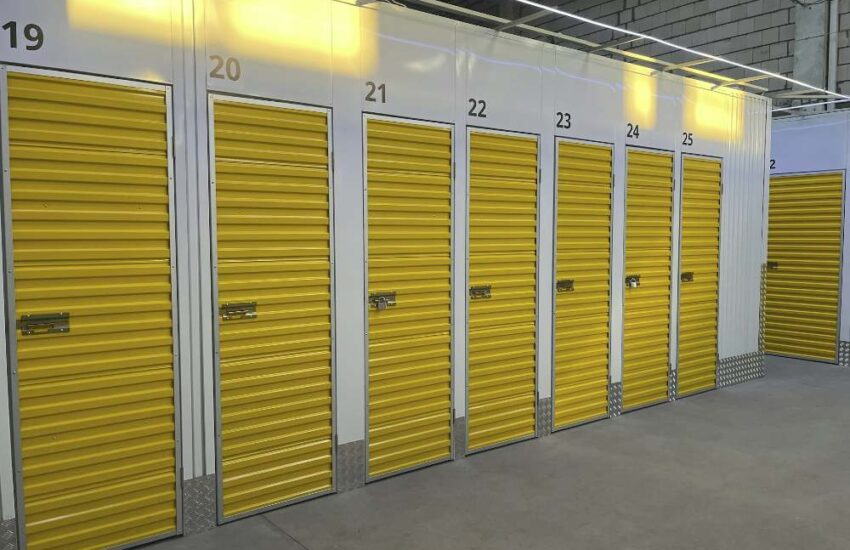Maximizing Savings and Sustainability: Renewable Energy for Cooling
Let’s evaluate our cooling alternatives as we prepare for another scorching summer. We all know about typical air conditioners, but have we considered renewable cooling? Renewable energy is a promising topic that we should investigate jointly.
Of course, renewable energy is the future. Clean, sustainable, and increasingly affordable. How does it fit the cooling equation? We’re here to find out. We’re exploring green cooling innovations, from solar-powered air conditioners to geothermal cooling systems.

Let’s think differently, challenge our beliefs, and move toward a greener, cooler future. Comfort isn’t enough—we must make choices that benefit everyone. Stay tuned as we explore alternative cooling energy.
Potential of Renewable Cooling
Let’s explore some specific renewable cooling technologies that might reshape our collective future. Solar Cooling Systems and their potential impact on Carbon Emissions are two promising avenues within this expansive field.
Solar Cooling Systems
Solar cooling systems are a great renewable cooling invention. Conventional air conditioners need a lot of fossil fuel power. Solar cooling systems use pure, infinite solar energy.
In recent years, solar energy has become more efficient. Active cooling systems increase performance over passive versions.
Solar absorptive and desiccant cooling are good air conditioning alternatives. These solar-powered systems provide cool air and a comfortable living environment.
Solar cooling systems are frequently cheaper in the long run than initial installation expenses. They operate cheaply because solar energy is free, unlike fossil fuels. Thus, while solar power systems are expensive upfront, they cost less after installation.
Impact on Carbon Emissions
Renewable cooling technology may help fight climate change. Traditional energy production emits many greenhouse gases, and standard air conditioning equipment is an important contributor to global carbon emissions.
We reduce harmful emissions by using renewable energy. Cooling with solar and other renewable energy reduces our carbon footprint and fights global warming. Carbon emission reductions support global climate initiatives like the Paris Agreement, which aims to keep global warming at 1.5°C above pre-industrial levels.
Solar and geothermal cooling options are a leap toward a more sustainable future. They are safer, cleaner energy alternatives to conventional cooling technologies.
Renewable cooling systems are worth the effort in our quest for cleaner practices. As with solar cooling, tons of carbon emissions saved outweigh a small initial investment. We welcome innovation as we work toward a cleaner, cooler, more sustainable world.
Remember, every bit of energy saved and every degree of temperature reduced reflects a significant contribution.
Strategies for Zero Emissions
With solar cooling systems on our minds, we must recognize strategies for reducing entire carbon footprints. Let’s focus on two key strategies for ultimately reaching zero emissions in cooling: reducing cooling demand and shifting to green technologies.
Reducing Cooling Demand
First, reduce cooling demand. Here are some methods:
Better building designs: Energy-efficient buildings maintain stable indoor climates, reducing cooling needs.
Green spaces: Trees, vegetation, and water reduce urban heat, reducing the demand for artificial cooling.
Cooling materials reduce urban heat islands and cooling demand by reflecting sunlight and emitting heat.
According to the US Environmental Protection Agency, integrated green spaces and better building designs can reduce cooling costs by 20-30%.
| Action | Reduction Percentage |
| Improve Building Designs | 15-25% |
| Integrate Green Spaces | 5-10% |
Information such as this propagated widely, could lead to a sizeable drop in overall cooling demand.
Shifting to Green Technologies
Transitioning to green technologies is crucial. For instance, solar cooling systems can help decarbonize cooling. Sustainability, greenhouse gas reduction, and cost-competitiveness are improving.
Other renewable cooling technologies provide opportunities. Increased research on wind or water-sourced cooling can lead to more zero-emission cooling options.
We want to do more than cut emissions. We aim to eliminate them from our cooling systems and lifestyles. Every advance in renewable cooling technologies brings us closer to this goal. Maintain momentum, innovate, and do our part for the earth.
Benefits of Renewable Cooling
There are many benefits to moving past traditional cooling methods and embracing renewable energy sources. They extend not just to our pockets through reduced energy costs and to creating a healthier environment—environmental and Health Impacts—energy from the sun, wind, and water powers renewable cooling systems.
Renewable cooling systems do not pollute the environment or our health. The US Environmental Protection Agency estimates that a typical coal-fired power station produces 3.5 million tons of carbon dioxide annually, equivalent to 750,000 automobiles.
Using renewable cooling solutions can drastically reduce emissions. Lower greenhouse gas emissions reduce air pollution-related weather and diseases. Cleaner air reduces respiratory, cardiac, and allergy risks. Pollution reduction also helps the environment. Ecosystems thrive, biodiversity grows, and our surroundings improve.
As we reduce cooling demand and transition to renewable technologies, societies become more resilient, healthier, and sustainable. Isn’t it time we all played our part?
Cost Benefits and Energy Savings
Another upside of renewables is the potential for significant cost savings. Solar cooling systems might have higher upfront costs but offer substantial long-term savings.
Over a typical lifespan of 25 years, a family could save up to $50,000 with a solar cooling system compared to traditional ones. Also, solar panels can generate surplus energy during the day that can be sold back to the grid in some regions—further increasing savings.
Compare the estimated cost savings in the following table:
| Cooling System | Lifelong Cost (25 years) |
| Traditional | $70,000 |
| Solar | $20,000 |
Conclusion
Renewable cooling has shown great promise. They benefit the environment and wallets. Reduce our use of traditional electricity sources to help the environment. Reduce harmful emissions, increase biodiversity, and improve ecosystems.
While doing so, we’ll save a lot. Who would want to sell something other than surplus energy to the grid? A win-win situation.
Keep the momentum rolling. Continue decreasing cooling demand and using renewables. We can build a resilient, healthy, and sustainable future. It’s about future generations, not just us. We can improve tomorrow by acting today.


